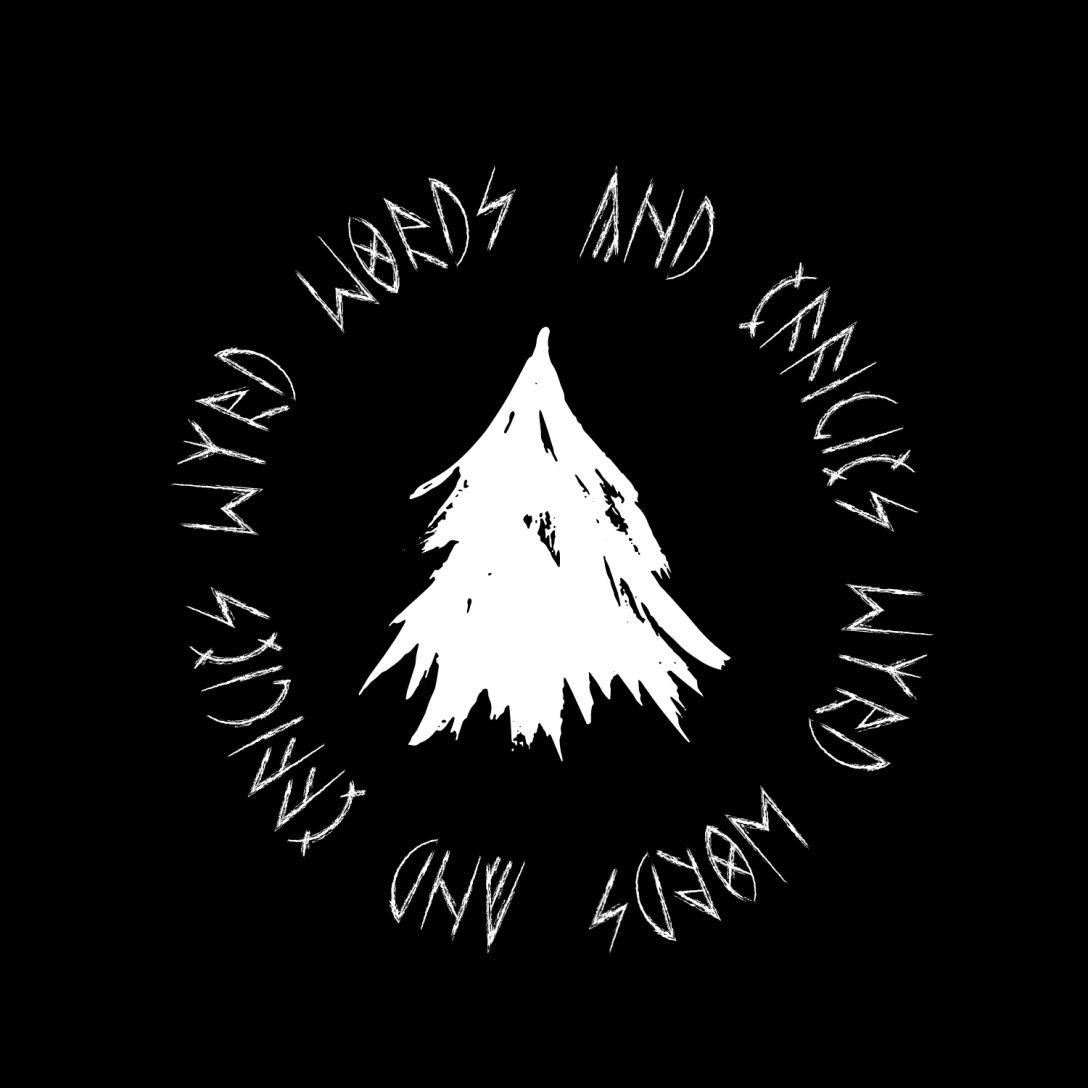It’s been about seven or eight years since I first wrote about the Wendigo and my curiosity about this intriguing cannibalistic spirit of the cold north shows no sign of diminishing.
I initially wrote a poem called My Father The Wendigo, which then inspired a song, which then inspired a short story. However, despite being so actively obsessed with this creature, I’ve shockingly never taken a Wendigo photograph. So today’s photoshoot – and getting prepped for it, which involved making antlers and covering myself in black paint – was particularly special and even felt somewhat sacred.

Long known among the Algonquin-speaking peoples of North America, the Wendigo haunts the northern forests of the USA and Canada, seeking human flesh to fulfill an insatiable appetite. It’s said that a Wendigo comes into being when a starving human resorts to cannibalism.
While descriptions of what the Wendigo looks like vary, it’s associations with extreme winter conditions, cannibalism, murder, greed and starvation are known across the board. Some say its body is emaciated, with its skeleton pushing through its ashen skin. Others claim it’s a well-fleshed giant. Though in most instances, it has sunken eyes, tattered lips (because it’s eaten away at them) and antlers or horns protruding through its skull. It’s also often credited with excellent eyesight, hearing, sense of smell and superhuman stamina. One description said the Wendigo moves with the ‘speed of the wind.’ It also has the ability to walk across deep snow or open water without sinking.

Wendigo Psychosis is a condition which usually develops in wintertime, in individuals who have been isolated by heavy snowfall. The first symptoms of the condition are poor appetite, nausea and vomiting. Then, the individual becomes deluded with the idea that they’re turning into a Wendigo, and begin to see the people around them as a source of food. One of the most famous and harrowing cases of Wendigo Psychosis is that of Swiftrunner, a Native American who, during the winter of 1879, killed and ate his entire family. (The case, while shockingly disturbing is utterly fascinating and well worth reading into.)
Although Wendigo sightings are mostly a thing of the past – most happened between the 1800s and the 1920s – the most recent encounter to emerge was in 2019, when mysterious howls were heard in the Canadian wilderness.

If your interest in the Wendigo has been peaked, I published a post a while back featuring Wendigo art. (It’s about time I do a new one as I’ve gathered together a vast source of new Wendigo works.) I’d also highly recommend reading Steven King’s Pet Sematary for a deeply unnerving account of the Wendigo. And I couldn’t end this post without mentioning the profoundly inspiring novella The Wendigo by Algernon Blackwood.


Are these paintings and if so where could I buy them
[…] Photo Credit […]
The Wendigo I’ve known something of, maybe because of its origins in North America. I have learned much more, however, through this post. The photo imagery is appropriately haunting. The penultimate image shows impressively the relation between the creature and the forest.